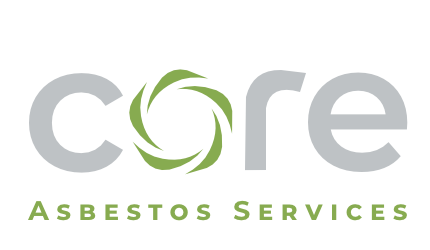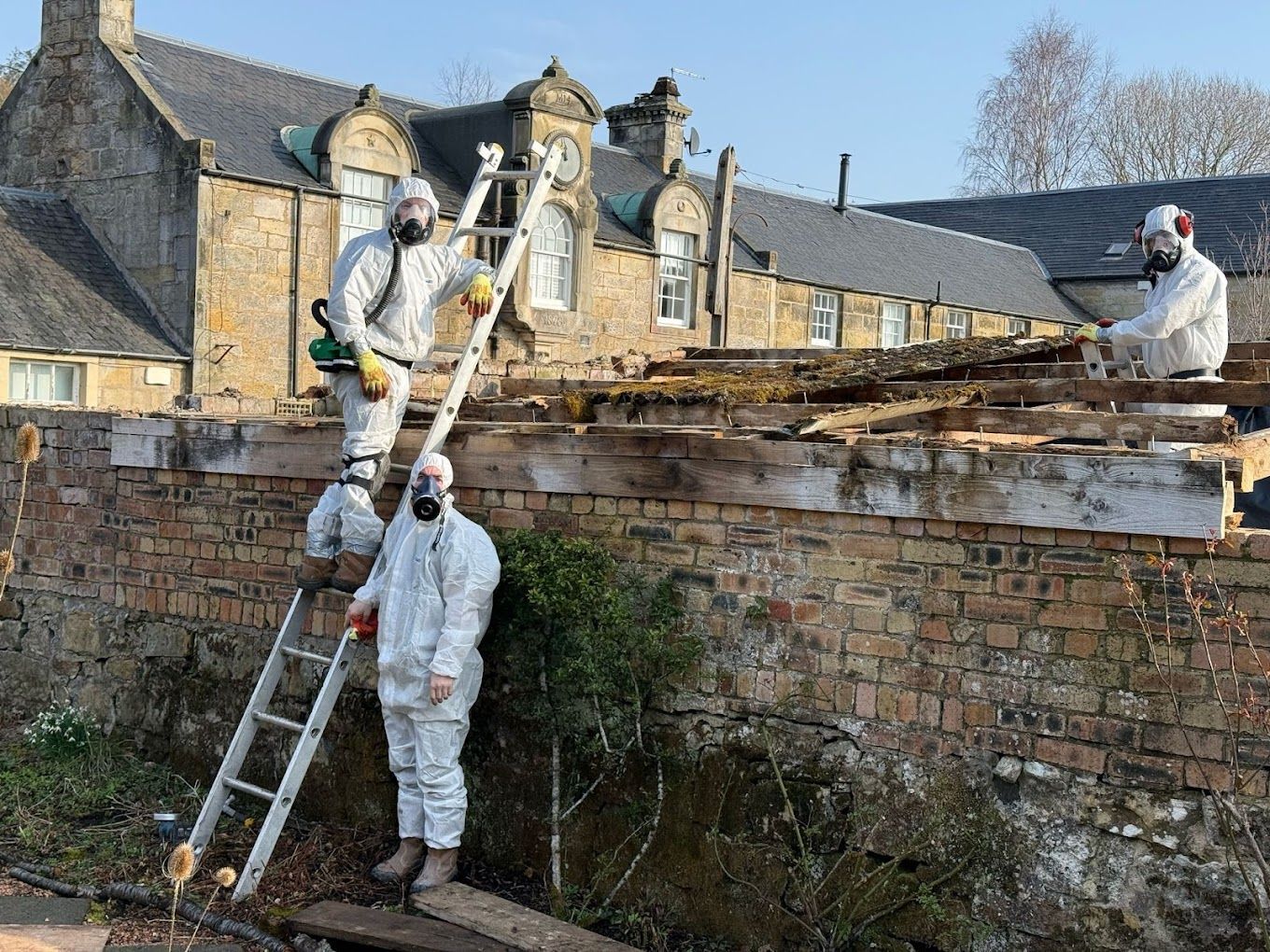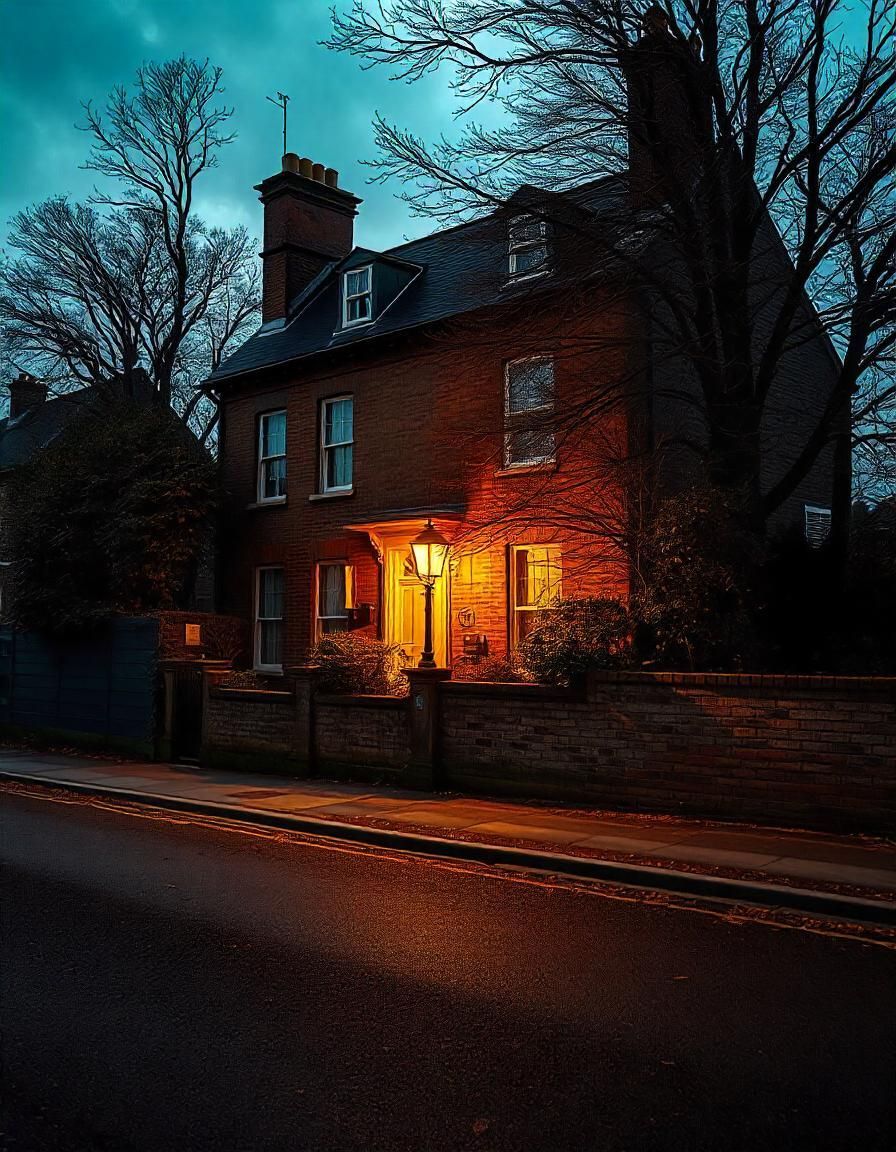Asbestos in Artex
Asbestos in Artex: Understanding the Risks
You've finally decided to renovate that room with the textured ceiling, but a nagging worry lingers in the back of your mind: could it contain asbestos?
If your Artex coatings on ceilings or walls in your home are hiding a dangerous secret, discover the risks and what to do next in our informative article.
Key Takeaways
- Artex and Asbestos: Artex, a popular textured coating used in the 1970s and 80s, often contained asbestos, a hazardous material that can cause serious lung diseases.
- Identifying Asbestos: Asbestos fibres in Artex are invisible to the naked eye. If your home was built before 2000, professional testing is crucial to determine the presence of asbestos.
- Health Risks: Disturbing asbestos-containing Artex can release dangerous fibres into the air, leading to severe health problems like lung cancer and mesothelioma.
- Safety First: If asbestos is present, it's essential to follow safety guidelines and hire professionals for any work that might disturb the Artex.
- Regulations: UK law requires safe management of asbestos. Refurbishment or demolition projects require an asbestos survey to identify and manage any risks.
- Professional Assistance: If you suspect asbestos may be in your Artex, contact a qualified asbestos surveyor for testing, advice, and safe removal if needed.
What is Artex and Its History
Artex, a textured coating that graced countless ceilings and walls in the UK from the 1960s to the 1990s, offered a simple way to add visual interest to homes. This easy-to-apply material allowed even amateur DIYers to achieve decorative finishes without needing expert plastering skills. However, this popular coating hides a potentially dangerous secret: many Artex products from that era contained asbestos.
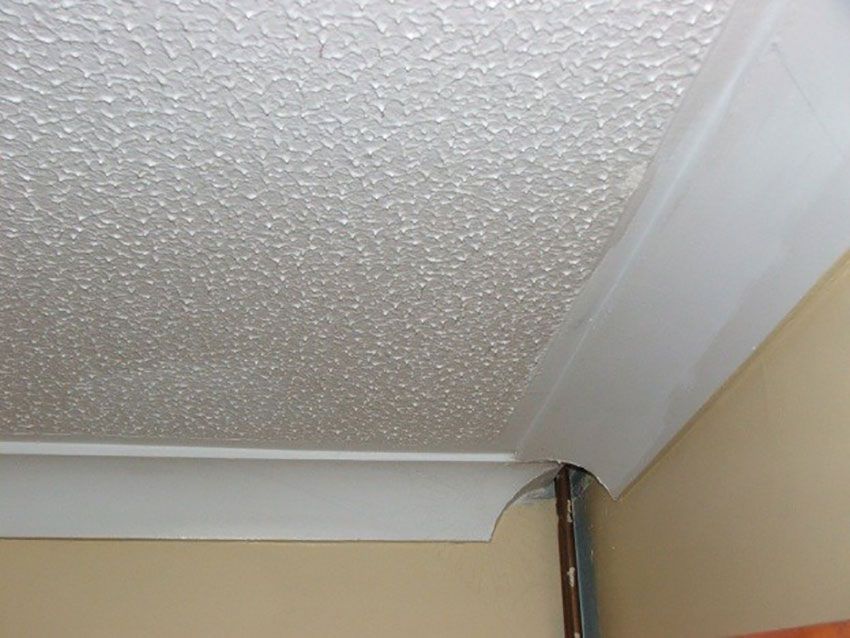
Identifying Asbestos in Artex
While asbestos was banned in the UK in 1999, many homes built before this date still contain asbestos, often in textured coatings like Artex. While Artex was once commonly associated with asbestos, it's important to know that not all Artex contains this hazardous material and it is still important to be aware of the potential risks.
Identifying asbestos content in Artex can be quite challenging, as the asbestos fibres are mixed with other non-asbestos materials, making them invisible to the naked eye. These fibres are so minuscule that they cannot be seen or smelled, which means you cannot determine the presence of asbestos just by looking at the Artex.
If your property was built or renovated before 2000, it is crucial to have it surveyed and any Artex tested for asbestos. The only way to be absolutely certain if asbestos is present is to have the Artex tested by a professional asbestos surveyor. This ensures accurate identification and helps in taking the necessary precautions to manage asbestos materials safely.
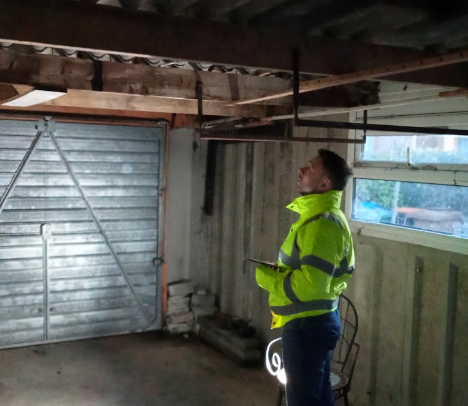
Risks and Dangers of Asbestos in Artex
Artex containing asbestos poses significant health risks, particularly when the material is disturbed. When asbestos fibres become airborne, they can be inhaled, leading to serious health conditions such as lung cancer, mesothelioma, and asbestosis. The greatest risk occurs during activities like drilling, sanding, or any other building work that disturbs the Artex.
Before undertaking any such work, it is essential to know whether the Artex contains asbestos. Asbestos is classified as a high-risk material, and handling it requires stringent safety measures, including damping down the area, using personal protective equipment (PPE), and ensuring proper cleaning and disposal of asbestos waste.
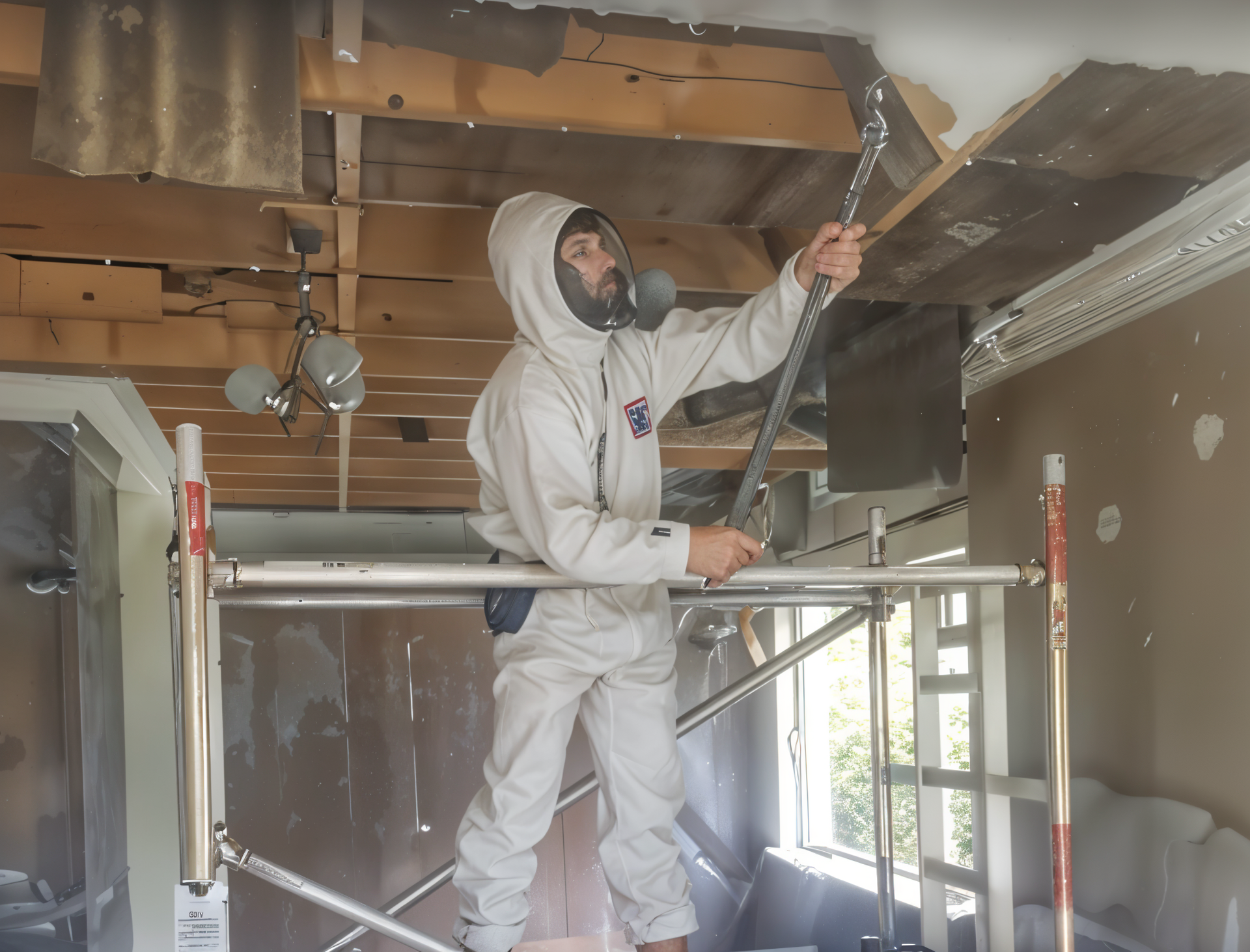
Testing and Removal of Asbestos-Containing Artex
If your artex contains asbestos on your walls or ceilings, or other textured coating finishes in your home or commercial property, it is imperative to conduct an asbestos survey and potentially an asbestos test. The decorative coatings need to be sampled and analysed in a laboratory to determine the presence of asbestos.
This sampling should be performed by a professional, who will take multiple samples from different parts of the ceiling or wall. Experienced asbestos surveyors understand the importance of careful sampling to avoid disturbing the material unnecessarily.
If the Artex is found to contain asbestos, it is best to leave its removal or handling to a professional asbestos removal company. While the Artex remains in good condition, it poses no immediate threat, but if it is disturbed, it becomes hazardous due to fibre release.
UK Regulations and Guidelines for Asbestos Removal
In the UK, while asbestos is banned, the law does not mandate its removal but requires it to be managed safely. The Control of Asbestos Regulations impose legal duties on the management, removal, and disposal of asbestos materials.
If you are planning any construction work, it is crucial to inform contractors about the location of any asbestos-containing materials.
A refurbishment and demolition asbestos survey is necessary for any building work, involving the collection of samples from areas that will be affected by the work to check for asbestos. For safe planning and to prevent accidental asbestos exposure, you can seek advice from environmental health offices, the HSE, or asbestos specialists.
This ensures that all necessary precautions are taken to manage asbestos safely and comply with legal requirements for any identified asbestos products.
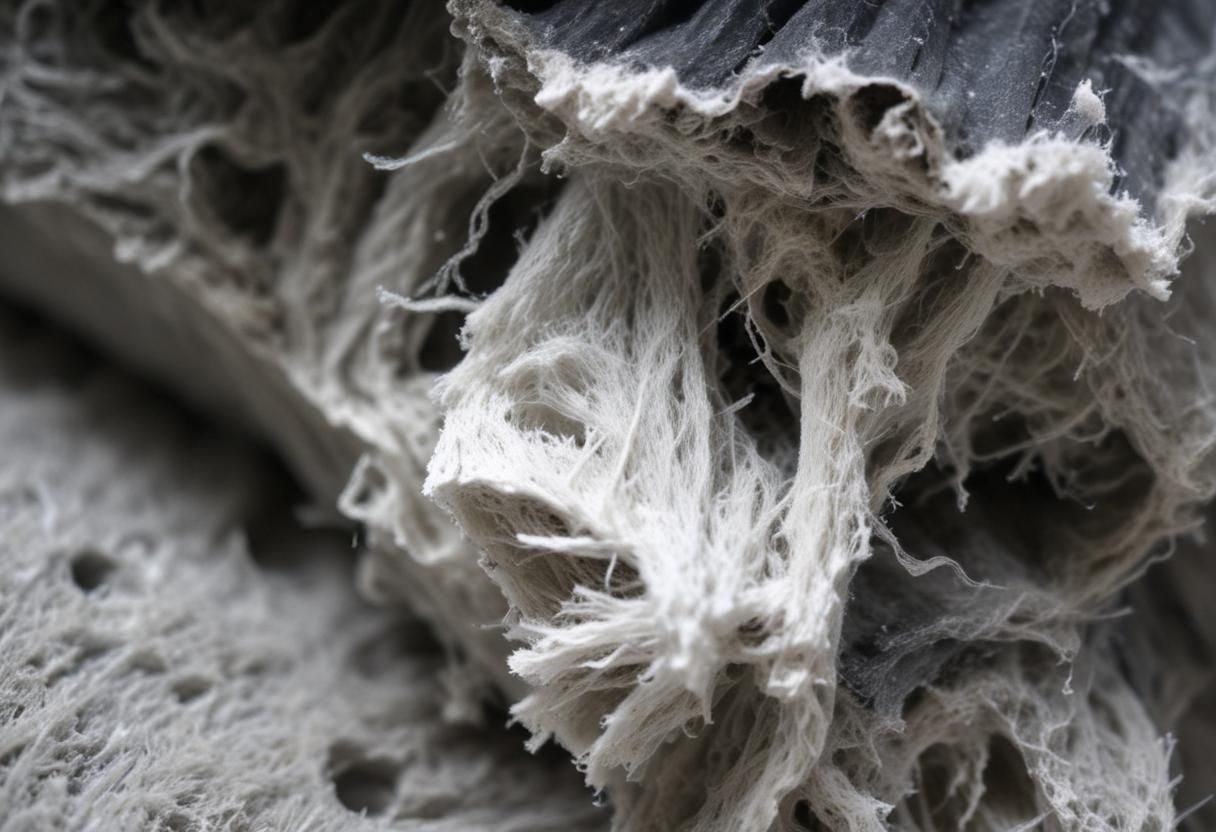
Conclusion
The use of asbestos in Artex serves as a stark reminder of the dangers posed by this once-common building material. While Artex provided a convenient solution for achieving textured finishes, the inclusion of asbestos introduced a serious health hazard. It's crucial to remember that asbestos remains a concern in many older properties, and taking precautions is essential.
If you suspect asbestos in your Artex or any other building material, always consult a qualified professional. They can conduct proper testing, advise on safe management practices, and, if necessary, carry out safe removal and disposal. By understanding the risks and taking appropriate action, you can protect yourself and others from the dangers of asbestos exposure.
Core Asbestos Scotland offers comprehensive Artex asbestos testing and removal services. Get a free quote today and ensure the safety of your home or business.
